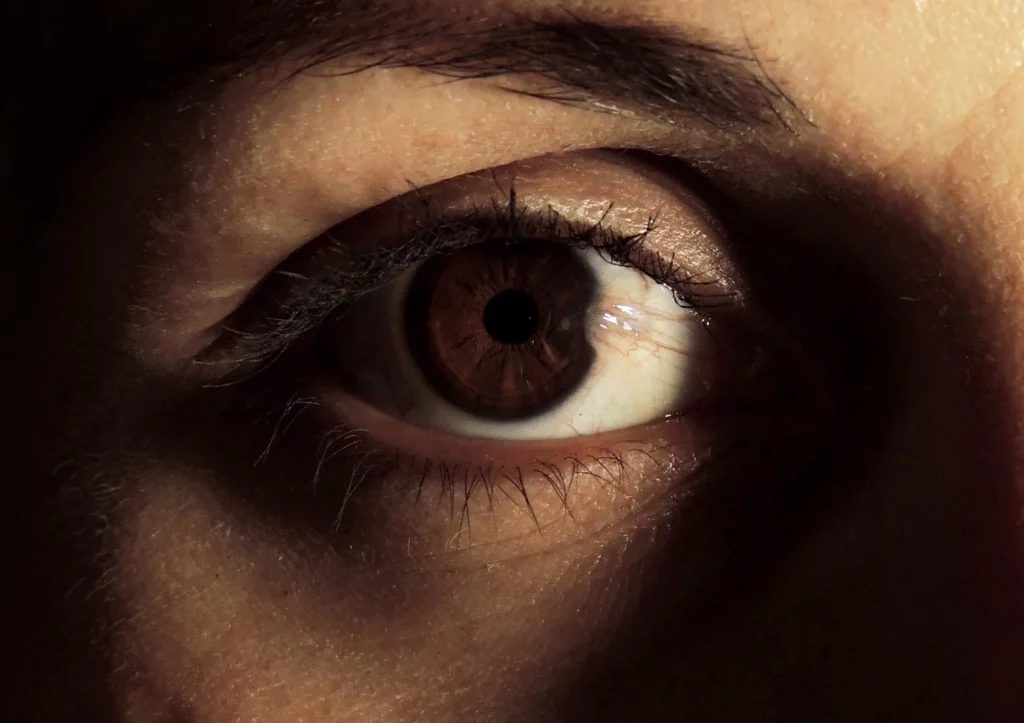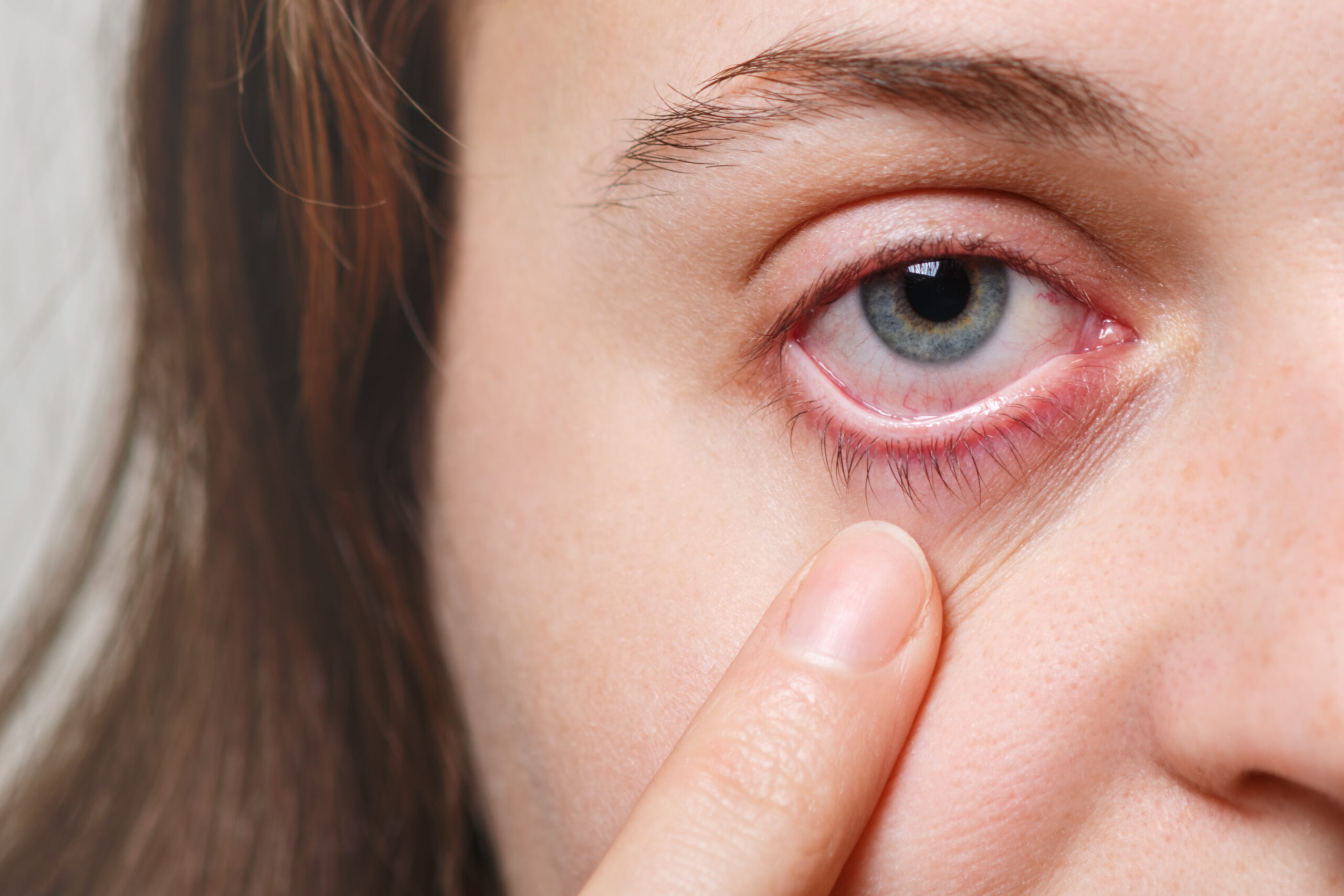Published by Eyemastr
Pterygium, often called Surfer’s Eye, is a common eye condition caused by long-term exposure to sunlight, dust, and wind. It appears as a pink, triangular tissue growth on the white part of the eye (conjunctiva) that can extend onto the cornea. While often benign, it can cause discomfort, blurred vision, and cosmetic concerns.
In this blog, we’ll explore what Pterygium is, its symptoms, causes, diagnosis, and the best treatment options available at Eyemastr.
What is Pterygium?
Pterygium is a growth of fibrovascular tissue that starts from the conjunctiva and may grow onto the cornea. It typically starts from the inner corner of the eye (near the nose) and may affect one or both eyes (bilateral pterygium).
Though painless initially, it can cause discomfort, visual disturbances, and in advanced cases, permanent vision problems. Early treatment can prevent complications and reduce the need for surgery.

Common Symptoms of Pterygium
Pterygium often develops gradually and may not show obvious signs early on. However, as the growth progresses, you may experience:
- Redness or irritation
- Foreign body sensation (feeling something is in the eye)
- Dryness and burning
- Blurred or reduced vision
- Tearing
- Swelling or thick tissue near the cornea
These symptoms may interfere with daily activities like reading, driving, or spending time outdoors.
Why Is It Called “Surfer’s Eye”?
The name “Surfer’s Eye” comes from its frequent occurrence among people who spend long hours in sunny, windy, and dusty environments—conditions that surfers often face. Ultraviolet (UV) radiation is the most significant trigger, along with wind, dry climates, and airborne irritants.
What Causes Pterygium?
There is no single cause, but contributing factors include:
- Prolonged UV exposure
- Living or working in sunny, dry, or dusty environments
- Lack of eye protection outdoors
- Age (more common in adults over 40)
How Is Pterygium Diagnosed?
A comprehensive eye examination by an ophthalmologist is essential. Diagnostic tools include:
- Slit-lamp examination – to closely observe the eye surface and detect any abnormal growth
- Corneal topography – creates a detailed map of the cornea’s surface to assess distortion
- Visual acuity test – measures clarity of vision and how much it has been affected
Early diagnosis allows better management before the condition worsens.
Treatment Options for Pterygium
1. Non-Surgical Treatment:
In mild cases, pterygium can be managed with:
- Lubricating eye drops
- Anti-inflammatory medications
- Warm compresses to reduce discomfort
These help relieve symptoms like dryness, irritation, or redness.
2. Surgical Removal:
Surgery is recommended when:
- Vision is affected
- The growth is progressing toward the pupil
- There is significant discomfort or cosmetic concern
The surgical procedure involves removing the pterygium and using a conjunctival graft to prevent recurrence. At Eyemastr, our experienced eye surgeons perform advanced pterygium surgery using the latest techniques and equipment, ensuring minimal scarring and fast recovery.
Post-Surgery Care and Recovery
Post-operative care includes:
- Wearing an eye patch for 24 hours
- Prescribed antibiotics and steroid drops
- Avoiding sun exposure and dusty environments
- Follow-up visits to monitor healing
With proper care, most patients experience a smooth recovery with improved vision and comfort.
Preventing Pterygium: Protect Your Eyes
To reduce your risk or avoid recurrence:
- Always wear UV-protective sunglasses when outdoors
- Use protective eyewear in dusty or windy conditions
- Avoid prolonged direct sunlight
- Stay hydrated and use lubricating drops in dry environments
Pterygium is a treatable eye condition, but early detection and appropriate care are crucial. If you experience symptoms like irritation, blurred vision, or visible eye growth, consult our specialists at Eyemastr. We offer personalized treatment plans to restore your comfort, vision, and eye health.
Need help with eye irritation or vision changes?
Book an appointment with Eyemastr today and get expert care from top ophthalmologists in the UAE.


